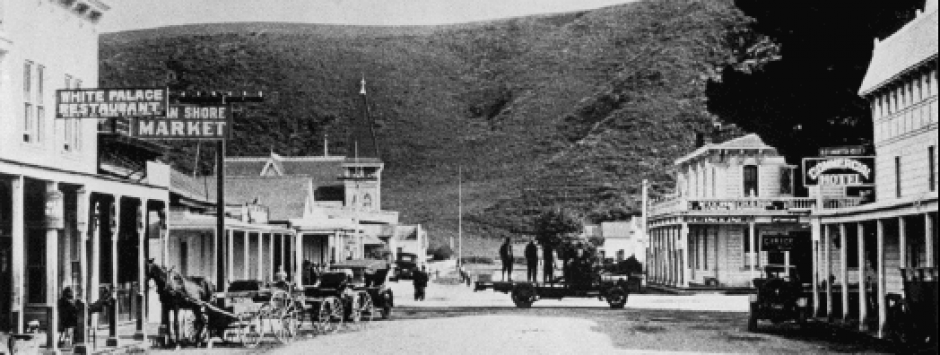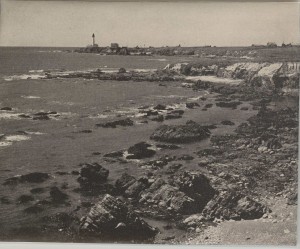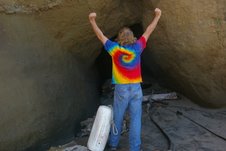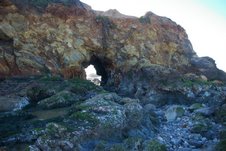Check this out…
Meta
Recent Comments
- Dave Olson on About June Morrall
- Gerd Gunkel on About June Morrall
- Ed Holloway on About June Morrall
Categories
- "Mountain" Mike Merritt (6)
- "The Loop" (1)
- A La California: Sketches of Life in the Golden State (3)
- Acid Beach (5)
- Alexander Moore (1)
- AM Parker (2)
- AMB Beach (3)
- Angelo Misthos (5)
- Ano Nuevo (22)
- Ano Nuevo Island (1)
- Ano Nuevo lighthouse (1)
- Arches (3)
- Ashaleigh Parker (2)
- Atlantis Rising (1)
- Bathhouse Rock (1)
- Beach Clean-Up (2)
- Bean Hollow (2)
- Beat Museum (1)
- Bideawee (1)
- Bob Dougherty (1)
- Bobbi Ballard Pimentel (2)
- Buoys (1)
- Burney J. Le Boeuf (1)
- Burt Blumert (1)
- California Coastal Records Project (1)
- California Newspaper Project (1)
- California State Auto Association (1)
- Carrier Pigeon Point (2)
- Cascade Ranch Dairy (2)
- Charles Clark (1)
- Charles F. Humphrey (1)
- Charles Jones (1)
- Charles Swanton (1)
- Chicken's Roost (1)
- clusters (2)
- Coast Survey Maps (1)
- Coastside Arches (2)
- Coastside Beaches (1)
- Coastside Caves (1)
- Coastside Secret Beaches (5)
- Coastside Waterfalls (1)
- Coburn Mystery (14)
- Coburn Troley Co. (1)
- Colombia (4)
- Colonel Albert S. Evans (4)
- Colonel Zig Zag (1)
- Connie Morgan (1)
- Coya British Bark (1)
- Dan Mosier (1)
- Daniel Boone (1)
- Daniel Durigan (1)
- Dave Cline (1)
- Dave Holleman (1)
- Davenport (2)
- David Gremard Romero (1)
- Downey Harvey (1)
- Dr. Alan Brown (2)
- Dr. Carl Djerassi (1)
- Dr. Isaac Goodspeed (1)
- Dr. W. J. Marsh (1)
- Duarte's Tavern (1)
- Eadweard Muybridge (1)
- Edward Mullen (2)
- Eli D. Moore (2)
- Ezra Pound (1)
- Fireman Collins (1)
- Forget-Me-Not Barkentine (1)
- Fourth of July (1)
- Franklin Point (2)
- Fremont Older (1)
- Friends of the Calamari (1)
- Galen Wolf (1)
- Gary Gates & Friends (1)
- Gazos Creek (6)
- Geocaching (1)
- Ghost Net (1)
- Giant Limpets (1)
- gooseneck barnacles (1)
- Gordon's Chute (3)
- Guadalupe Fur Seal (1)
- Harvey Mowry (3)
- Hellespoint Shipwreck (1)
- Hen Frigates (2)
- Henry Blomquist (1)
- Henry Cowell (1)
- Historic Bottles (1)
- Hole in the Wall (2)
- Holes in Pescadero (1)
- Ida J. Steele (1)
- Invisible Beach (12)
- Isaac Graham (1)
- J. W.Seaver (1)
- Jan "the beeman" Snyder (1)
- Jane Schlager (1)
- Janet Creelman (1)
- Jerry Cimino (1)
- Jim Denevan (1)
- Jo Lysowsky (1)
- Joan Druett (2)
- JoAnn Semones (2)
- Joaquin Miller (1)
- Joel Bratman (2)
- John McCormick (1)
- John Morrall (1)
- John Schamle (1)
- John Vonderlin (171)
- Jon Boxerman (1)
- Josiah P. Ames (1)
- Judge Horace Templeton (1)
- Judge James T. O'Keefe (1)
- June Morrall (6)
- Kathy Duarte (1)
- Ken Fisher (1)
- Ken Kesey (6)
- Kings Mountain (1)
- Kristina Schmale (1)
- La Honda (6)
- Lake Lucerne (1)
- Larry (1)
- Larry Fitterer (8)
- Larry Witham (1)
- Laura Wall Taylor (1)
- Leah Lubin (1)
- Lemuel Coburn (1)
- Levy Brothers (7)
- Linda Wyatt Iacono (1)
- Lizzie McCormick (4)
- Lobitos (2)
- Loma Mar (1)
- Loren Coburn (3)
- Lou Denny Wayne (2)
- Mammoth Rocks (1)
- Manuel Chorro (1)
- Marty McCormick (1)
- Mary Florey (1)
- Merrill Bickford (2)
- Message in a bottle (1)
- Michael Bowen (1)
- Michael Head (1)
- Mike Merritt (2)
- Minot Judson (1)
- Molly Ramolla (1)
- Monty Parker (8)
- Myrtle Garavanta (1)
- Mystic Cowboy (1)
- Neal Cassady (1)
- Neptune's Vomitorium (6)
- Notrocks (1)
- Nunziati Dam (1)
- Ocean Shore Railroad (7)
- Oil (4)
- Omar N. Steele (3)
- Orril Fluharty (4)
- Orrin Brown (1)
- Outstandinginthefield (1)
- Pacific City/Coyote Point (1)
- Pacific Mail Carrier Peru (1)
- Palmer Gulch Trestle (1)
- Pebble Beach Hotel (2)
- Pebble Beach Poetry (1)
- Pescadero (26)
- Pescadero Architecture (3)
- Pescadero Hgh School (1)
- Pescadero Historical Society (2)
- Pescadero Oral History Project (1)
- Pescadero Trivia (1)
- Pescadero's Pebble Beach Hotel (3)
- Pigeon Point (3)
- Pigeon Point Lighthouse (13)
- Place Names of San Mateo County (2)
- Pomponio (2)
- Pomponio Creek (1)
- Princeton-by-the-Sea (1)
- Prohibition (6)
- Purisima Falls (2)
- Purple People Eaters (1)
- Pyramids (2)
- Ralph E. Wall (1)
- Redwood Trees (2)
- Rennesselear Steele (1)
- Richard Ledford (2)
- Rob Tillitz (2)
- Robin Caldwell (3)
- Ron Duarte (2)
- Russell Towle (23)
- Samuel Bean (1)
- San Francisco Call (1)
- San Gregorio (3)
- San Juan (3)
- San Mateo County History Museum (1)
- Sarah Coburn (1)
- Sarah Swanton (1)
- Sawmills (1)
- Sea Monster (1)
- Sea Serpents (1)
- Shawn Mann (1)
- Sheri Martinelli (2)
- Sir John Franklin (1)
- Smuggler's Cove (1)
- Snails (1)
- South Coast beaches (6)
- South Coast Brick (1)
- South Coast Tunnels (4)
- Spaulding Corner (1)
- SS Fremont (1)
- Stacy Trevenon (1)
- Steele Family (6)
- Storm 1998 (1)
- Susan Friedman (3)
- Swanton House (1)
- Tafoni (1)
- Tarballs (1)
- Terry Adams (3)
- Tess Black (3)
- The Butano (7)
- The Contender (4)
- The Gazos (1)
- The Notch (1)
- The Pollocks (1)
- The Quest (3)
- The Seven Sisters (1)
- The Wrack (2)
- Thomas Butwell (1)
- Tires (2)
- Tom Butwell (1)
- Torquay (2)
- Trefiret Beach (1)
- Tunitas Creek (9)
- Uncategorized (412)
- Upenuf Road (1)
- Vanishing Beaches (1)
- Vulcan's Donut (1)
- Wadell Beach Bypass (1)
- Warm Water Lagoon (4)
- Whale Fall (1)
- Whale Watching (1)
- whaling (2)
- William Steele (1)
- Willowside Dairy (2)
- WJ Savage (1)
- Worm Farm (2)
- WWII Coastside (2)













